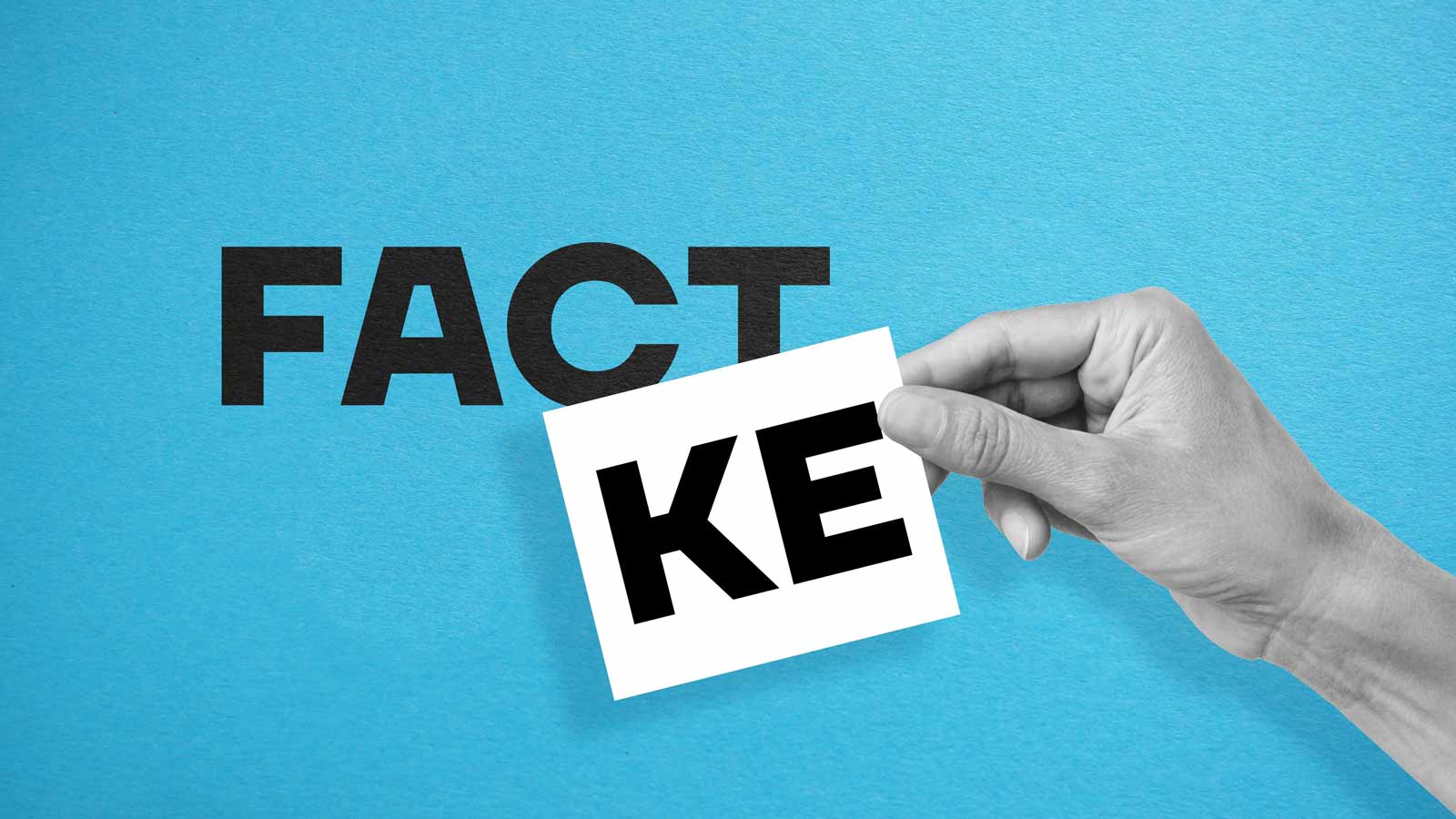With more federal employees opting into early retirement or deferred resignation, the Office of Personnel Management (OPM) is bracing for a major spike in retirement applications. You may be one of the ones entering this wave, so it’s important for federal employees like you to understand how your retirement benefits truly work and to clear up some common myths.
Myth 1: Your retirement pay starts immediately.
In reality, your retirement packet isn’t sent to OPM until your official retirement date. From there, it can take up to 90 days before processing begins. During this time, retirees receive “interim” pay which is typically around 60–70% of their actual monthly annuity. Once final calculations are complete, you’ll receive back pay to make up the difference.
Myth 2: Your Thrift Savings Plan will cover everything.
Your Thrift Savings Plan (TSP) is just one piece of your retirement puzzle. You will also be relying on your pension and Social Security. Your TSP is meant to bridge the gap between those sources and your desired lifestyle. There’s no one-size-fits-all answer for how much you should have saved, but many retirees transfer their TSP into an IRA or Roth IRA to expand their options without penalties or taxes.
Myth 3: Federal Employee Health Benefits disappear or become too expensive.
Federal Employee Health Benefits (FEHB) coverage can continue into retirement if you’ve been enrolled for at least five consecutive years leading up to your retirement date. Once you retire, the government still covers about 72% of your premiums. Many retirees also enroll in Medicare parts A and B for fuller coverage. If you are wanting to reduce costs, some retirees utilize a basic FEHB plan.
Myth 4: Federal Employee Group Life Insurance costs stay the same.
Federal Employee Group Life Insurance (FEGLI) is affordable during employment, but rates increase significantly in retirement. Understanding your specific coverage (Basic, Option A, B, or C) before you retire can help you make more confident and possibly cost-effective decisions.
Myth 5: Survivor benefits are automatic and free.
Survivor benefits must be elected during the retirement process. These options affect your pension payout, and the cost depends on the benefit level you choose. Your options and percentages can vary depending on if you are a part of the Federal Employees Retirement System or the Civil Service Retirement System.
Myth 6: Spouses automatically stay on your FEHB plan after your passing.
If you don’t elect a survivor benefit, your spouse could lose FEHB coverage. Even a minimal survivor benefit can maintain their eligibility, so be sure to look at the big picture when planning.
Don’t let assumptions affect your retirement. Taking time now to understand your benefits and speaking with a retirement consultant can help you work toward your retirement goals. Contact us today to go over the aspects you may be missing!





